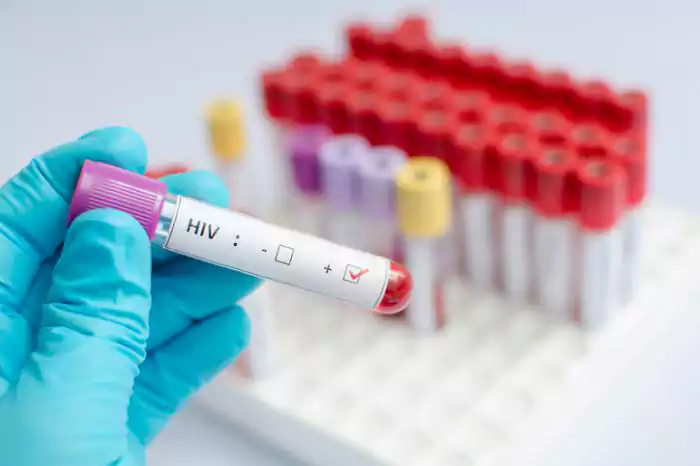HIV infection and AIDS are not the same condition, and they are not the same diagnosis. HIV is a virus that attacks a type of white blood cell called a CD4 cell in the body’s immune system.
It reduces the body’s ability to fight infection and illness. The body can fight off many viruses, but some of them can never be completely removed once they are present. HIV is one of these. However, treatment with antiretroviral therapy can minimize the effect of the virus by slowing or halting its progression. Treatment can now reduce the amount of virus in the bloodstream to levels where it is no longer detectable. This means the body remains healthy, and the virus cannot be transmitted.
AIDS is a syndrome, or range of symptoms, that may develop in time in a person with HIV who does not receive treatment. A person can have HIV without developing AIDS, but it is not possible to have AIDS without first having HIV.People who follow an effective treatment regimen are unlikely ever to develop AIDS. Left untreated, however, HIV continues to damage the immune system. This increases the risk of developing an opportunistic infection or health condition. Some of these conditions can be life-threatening. The Centers for Disease Control and Prevention (CDC)Trusted Source define opportunistic infections as “infections that occur more frequently and are more severe in individuals with weakened immune systems.” Examples of opportunistic infections and other diseases that can develop in those with HIV include: cancers, such as invasive cervical cancer, lung cancer, Kaposi’s sarcoma, carcinomas, and lymphomascandidiasis, a fungal infection of the throat or lungs cytomegalovirus, a viral infection that can cause blindness and other complications pneumocystis pneumonia, a fungal form of pneumonia that can be fatal toxoplasmosis, a parasitic infection of the brain tuberculosis (TB), a bacterial infection of the lungs cryptococcosis, a fungal infection that can lead to pneumonia There may also be co-infections, which is when two infections tend to occur together, for example Trusted Source, TB and cryptococcal disease, or a combination of TB, hepatitis B, and hepatitis C.








